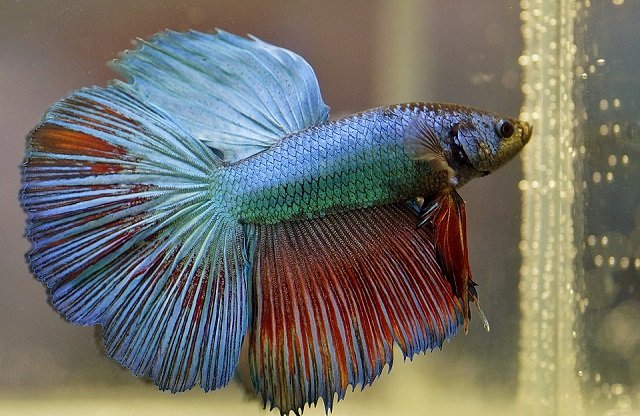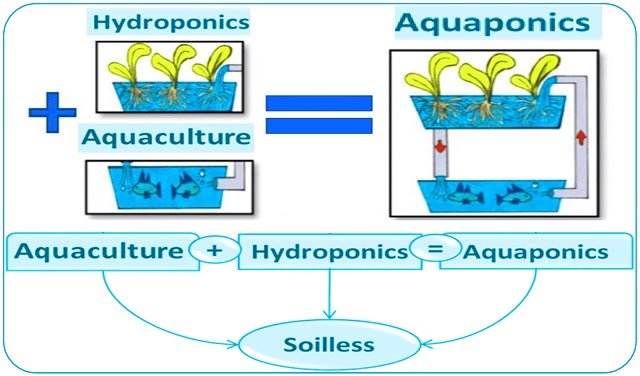
A recent scientific study delves into the use of florfenicol, a common antimicrobial in shrimp aquaculture, offering crucial data on its behavior in the organism of the whiteleg shrimp Litopenaeus vannamei, its impact on the health of the hepatopancreas, and, fundamentally, the necessary withdrawal time to guarantee a safe product for the consumer.
The research, titled “Pharmacokinetics, Pharmacodynamics and Depletion of Florfenicol Applied in White Leg Shrimp (Litopenaeus vannamei) Aquaculture and Impact on Shrimp Hepatopancreas Histology,” published in the MDPI journal Fishes, provides a clear roadmap for producers seeking effective and responsible health management.
Why is this study important for the shrimp sector?
- 1 Why is this study important for the shrimp sector?
- 2 Methodology: how was the research conducted?
- 3 The “journey” of florfenicol in shrimp
- 4 Implications on the dosage: is 10 mg/kg enough?
- 5 Withdrawal time: ensuring food safety
- 6 Does florfenicol affect the shrimp’s hepatopancreas?
- 7 Conclusions for the shrimp producer
- 8 Entradas relacionadas:
Florfenicol is a valuable tool for combating bacterial diseases, especially those caused by Vibrio parahaemolyticus, the agent responsible for acute hepatopancreatic necrosis disease (AHPND), which has generated significant economic losses. However, its use must be supported by scientific knowledge to ensure not only the effectiveness of the treatment but also to avoid adverse effects on the shrimp and the presence of residues in the final product.
Researchers from Can Tho University, the University of Liège, and Ghent University set out to fill this gap, determining how florfenicol is distributed and eliminated in shrimp and what effects it has on the hepatopancreas, a vital organ for their health.
Methodology: how was the research conducted?
To understand the journey of florfenicol in shrimp, the researchers carried out several experiments:
- Pharmacokinetics: They administered a single oral dose of 10 mg of florfenicol per kilo of body weight to a group of shrimp. Then, they took samples of plasma, hepatopancreas, and muscle at different intervals (from 0.5 to 24 hours) to measure the antibiotic’s concentration.
- Depletion and withdrawal time: They evaluated how quickly florfenicol is eliminated from the shrimp’s muscle. To do this, they medicated the shrimp for three consecutive days with a dose of 10 mg/kg, in two modalities: once a day and twice a day.
- Histological analysis: To observe the impact on the shrimp’s health, they examined the hepatopancreas tissue before the treatment, at the end of it, and seven days later, to see if there were any cellular alterations.
The “journey” of florfenicol in shrimp
The study’s findings offer a detailed and practical view of the antibiotic’s behavior:
- Rapid absorption and high concentration in the hepatopancreas: Florfenicol is absorbed quickly. The maximum concentration (Cmax) in the hepatopancreas was notably high (386.92µg/kg) and was reached in just 0.19 hours. This is logical, as the hepatopancreas is the main metabolic organ in crustaceans.
- Levels in plasma and muscle: In comparison, the maximum concentration in the muscle was much lower (11.76µg/kg) and in the plasma was 60.56µg/L.
- Accelerated elimination: Florfenicol is eliminated from the shrimp’s body very quickly. The elimination half-life in the plasma was just 0.35 hours. In the muscle, residues fell below the limit of quantification 24 hours after discontinuing the medication.
Implications on the dosage: is 10 mg/kg enough?
A critical point of the study is that the maximum concentration reached in the plasma (60.56µg/L) was lower than the minimum inhibitory concentration (MIC) needed to stop the growth of most of the analyzed Vibrio parahaemolyticus strains.
This suggests that, to effectively treat an AHPND outbreak, the dose of 10 mg/kg of body weight might not be sufficient. The authors conclude that higher doses should be considered to ensure the effectiveness of the treatment, although this would require additional studies to evaluate toxicity.
Stay Always Informed
Join our communities to instantly receive the most important news, reports, and analysis from the aquaculture industry.
Withdrawal time: ensuring food safety
One of the most relevant results for producers is the calculation of the withdrawal time (WT). This is the period that must pass from the last treatment until the shrimp can be harvested for human consumption, ensuring that the drug residues are below the maximum residue limit (MRL).
For the twice-a-day treatment for 3 days, the calculated withdrawal time was 27.9 degree-days. At an average water temperature of 26.5 °C, this is equivalent to less than 2 days.
This short withdrawal period is excellent news, as it minimizes the risk to consumers and offers flexibility in production management.
Does florfenicol affect the shrimp’s hepatopancreas?
The study also brought reassurance regarding the potential side effects of the antibiotic on the shrimp’s health at the studied dose.
The histological analysis of the hepatopancreas showed a temporary reduction in the number of B-cells (digestive cells) during the treatment. However, seven days after stopping the medication, the hepatopancreas tissue had completely recovered, returning to its normal state with no signs of damage, necrosis, or vacuolization.
Conclusions for the shrimp producer
This study provides valuable information for the responsible use of florfenicol in shrimp farming:
- Rapid elimination: Florfenicol is eliminated very quickly from the shrimp’s muscle, which allows for a very short withdrawal time (less than 2 days), guaranteeing product safety.
- Dosage to be reviewed: The standard dose of 10 mg/kg may be insufficient to effectively treat infections by V. parahaemolyticus. This is a call to review protocols and consider studies with higher doses.
- Safety for the shrimp: At the dose of 10 mg/kg, florfenicol does not cause permanent histological damage to the hepatopancreas, which recovers its normal structure one week after treatment.
In summary, florfenicol remains an effective and safe tool if used in an informed manner. This research underscores the importance of basing health management practices on scientific evidence to protect both the health of the animals and that of the final consumer.
Reference (open access)
Huynh, T. K. D., Nguyen, Q. T., Scippo, M.-L., Dang, T. H. O., Devreese, M., Douny, C., Croubels, S., Le, Q. V., & Tran, M. P. (2025). Pharmacokinetics, Pharmacodynamics and Depletion of Florfenicol Applied in White Leg Shrimp (Litopenaeus vannamei) Aquaculture and Impact on Shrimp Hepatopancreas Histology. Fishes, 10(7), 318. https://doi.org/10.3390/fishes10070318
Editor at the digital magazine AquaHoy. He holds a degree in Aquaculture Biology from the National University of Santa (UNS) and a Master’s degree in Science and Innovation Management from the Polytechnic University of Valencia, with postgraduate diplomas in Business Innovation and Innovation Management. He possesses extensive experience in the aquaculture and fisheries sector, having led the Fisheries Innovation Unit of the National Program for Innovation in Fisheries and Aquaculture (PNIPA). He has served as a senior consultant in technology watch, an innovation project formulator and advisor, and a lecturer at UNS. He is a member of the Peruvian College of Biologists and was recognized by the World Aquaculture Society (WAS) in 2016 for his contribution to aquaculture.




